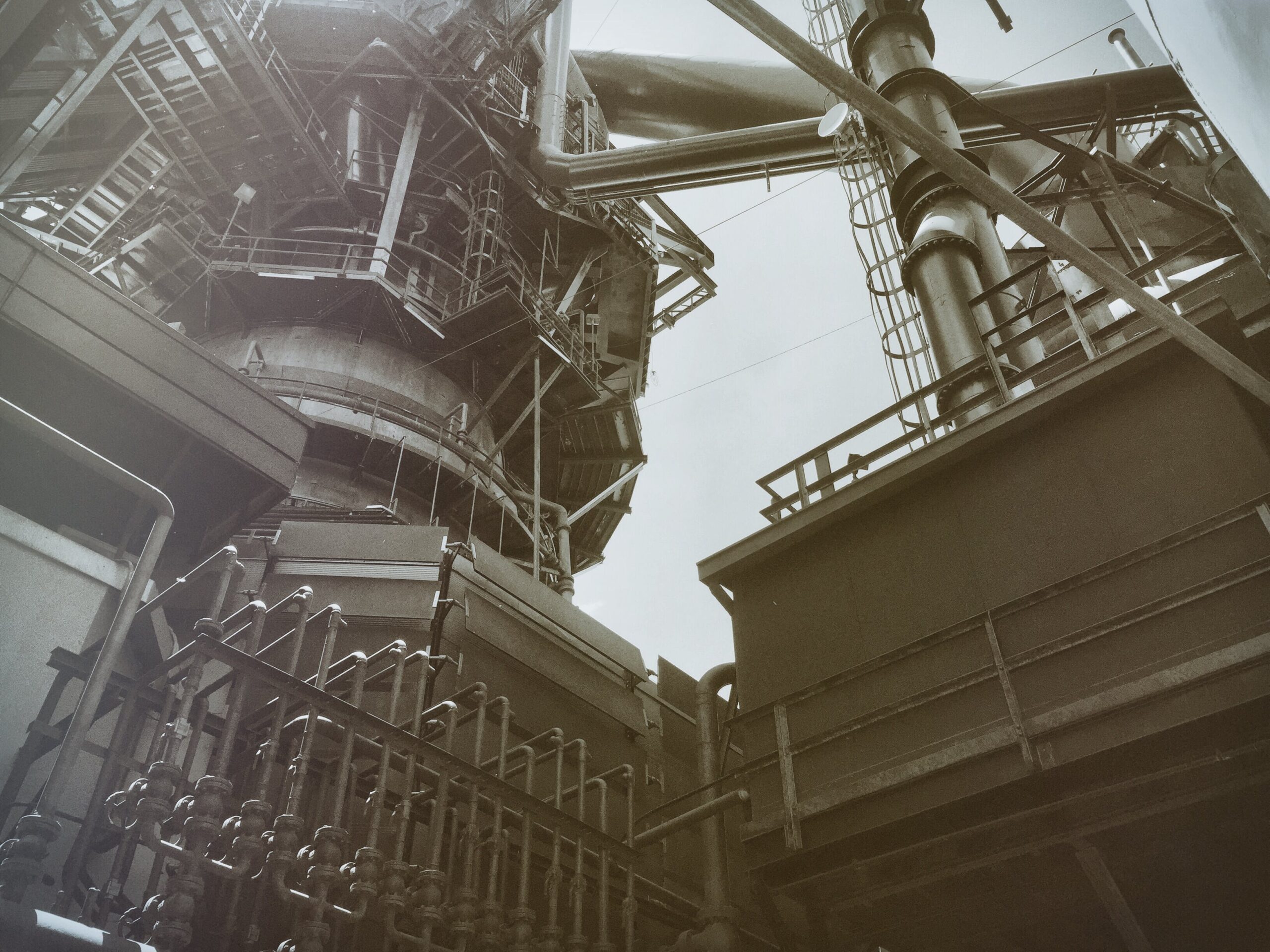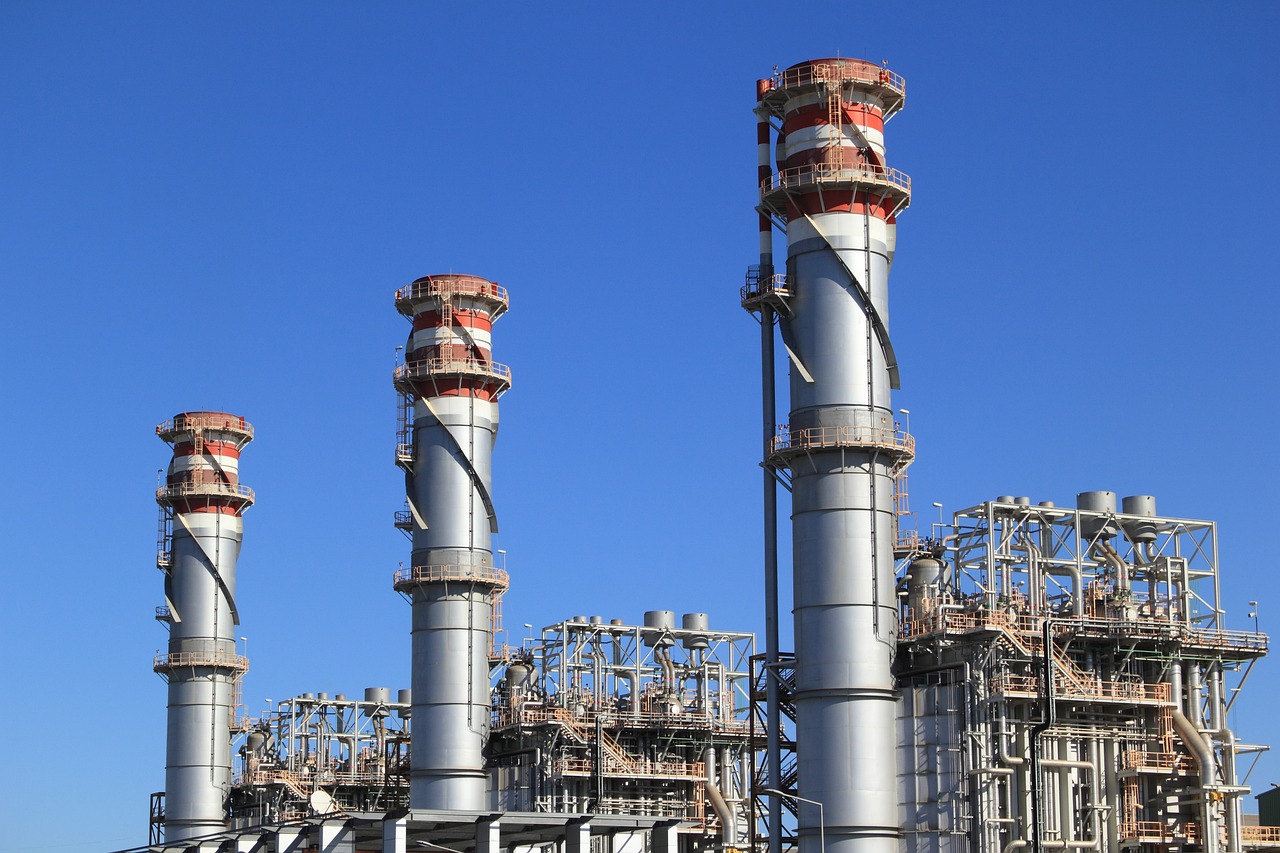In the world of process engineering, the efficient removal of water or solvents from liquid solutions is a fundamental operation, essential for concentrating valuable products or reducing the volume of liquid waste. The multiple-effect evaporator, a key player in this field, has emerged as a remarkable solution. It is known for its ability to harness energy and minimize resource wastage while accomplishing the challenging task of evaporation. In this comprehensive article, we will delve into the fascinating world of multiple-effect evaporators, exploring their principles, applications, advantages, and potential for revolutionizing various industries.
Understanding the Multiple-Effect Evaporator
The multiple-effect evaporator is a complex yet elegant system designed to achieve one primary objective: the efficient removal of water or other solvents from a liquid solution. It is extensively used in industries like food processing, chemical manufacturing, and wastewater treatment, where the concentration of solutions is a common requirement. What sets this apparatus apart is its ability to make smart use of the heat generated during evaporation, thereby minimizing energy consumption and resource utilization.
At its core, a multiple-effect evaporator is a series of evaporator effects, with each effect being a stage in the evaporation process. Each effect utilizes the latent heat from the vapor generated in the previous effect to heat the liquid in the current effect. This clever cascading of heat energy from one stage to the next significantly enhances the overall energy efficiency of the system.
The basic steps of a multiple-effect evaporator operation can be summarized as follows:
Initial Evaporation Effect: The liquid solution, which often contains water and various dissolved solutes, is introduced into the first evaporator effect. Heat is applied to this initial effect, causing the solvent, typically water, to evaporate. As the liquid evaporates, vapor is produced and rises, leaving behind a more concentrated solution.
Intermediate Effects: The vapor generated in the first effect, which is still hot and carries latent heat, is directed to the next effect in the series. This vapor is then used to heat the liquid in the second effect, causing more solvent to evaporate from the liquid. This process can be repeated for additional intermediate effects, with each effect progressively concentrating the solution.
Final Effect: The final effect often acts as the condenser. In this stage, the vapor from the previous effect is condensed back into a liquid state. As this condensation occurs, the latent heat within the vapor is released. This heat is typically recovered and employed to heat the liquid in earlier effects, further driving the evaporation process.
Applications of Multiple-Effect Evaporators
Multiple-effect evaporators find application across a spectrum of industries, contributing to enhanced efficiency and resource utilization. Some notable applications include:
1. Food Processing
In the food and beverage industry, multiple-effect evaporators play a pivotal role in concentrating liquid products. Fruit juices, milk, and syrups are commonly processed using these evaporators. By removing excess water, the products become more concentrated, ensuring longer shelf life, reduced transportation costs, and a more environmentally friendly production process.
2. Chemical Manufacturing
Chemical processes often involve the use of solvents, and the recovery of these solvents is of paramount importance for economic and environmental reasons. Multiple-effect evaporators are employed for the recovery of solvents from chemical solutions, contributing to cost savings and minimizing solvent waste.
3. Wastewater Treatment
Wastewater from industrial processes can be both costly and environmentally detrimental to dispose of in its original form. Multiple-effect evaporators help reduce the volume of liquid waste by evaporating water, leaving behind a more manageable and less harmful residue.
4. Environmental Control
In the context of environmental control, multiple-effect evaporators are used to treat contaminated water sources. By removing impurities and concentrating pollutants into a smaller volume, these systems assist in the safe disposal of hazardous materials and the extraction of valuable resources.
5. Desalination
Desalination of seawater to obtain fresh water is another application where multiple-effect evaporators shine. These systems efficiently evaporate seawater, leaving behind concentrated brine, while generating fresh water through the process of condensation.
Advantages of Multiple-Effect Evaporators
The utilization of multiple-effect evaporators offers several compelling advantages, making them a preferred choice in numerous industrial settings. Here are some of the key benefits:
1. Energy Efficiency
One of the most significant advantages of multiple-effect evaporators is their exceptional energy efficiency. By recycling the latent heat from one effect to heat the liquid in the next, these systems require significantly less external energy input. This energy-efficient operation translates into cost savings and reduced environmental impact.
2. Concentration Capabilities
Multiple-effect evaporators excel in their ability to concentrate solutions. They can achieve high levels of concentration for the desired product or solute, making them invaluable for processes that require the removal of excess water or solvent.
3. Resource Recovery
In processes where valuable solvents or components are involved, multiple-effect evaporators allow for efficient recovery. This means that not only are resources conserved, but potential waste can also be transformed into reusable and valuable products.
4. Waste Reduction
By reducing the volume of liquid waste, multiple-effect evaporators contribute to the reduction of environmental impact. These systems can convert large quantities of liquid waste into a more manageable and less environmentally harmful form.
5. Scalability
Multiple-effect evaporators are highly scalable, allowing industries to adapt them to varying production requirements. Whether a process involves small-scale production or industrial-level operations, these systems can be tailored to the task.
Variations and Design Considerations
Multiple-effect evaporators come in various designs, each optimized for specific applications and industries. Some key design considerations include:
Number of Effects: The number of effects in the evaporator series can vary based on the specific requirements of the process. A greater number of effects can achieve higher levels of concentration but may also require more space and energy.
Pressure and Temperature: The pressure and temperature conditions in each effect are crucial in determining the efficiency of the evaporation process. The selection of these parameters should align with the properties of the solution being processed.
Materials of Construction: The choice of materials for the construction of the evaporator components is critical. The materials must be compatible with the solution and the thermal conditions involved.
Challenges and Considerations
While multiple-effect evaporators offer numerous advantages, they are not without their challenges and considerations:
Complexity: The design and operation of multiple-effect evaporators can be complex. Proper understanding, maintenance, and operation are essential for optimal performance.
Initial Cost: The initial investment in a multiple-effect evaporator system can be substantial. However, the long-term energy savings and resource recovery often justify the expense.
Maintenance and Cleaning: These systems require regular maintenance and cleaning to ensure efficient and safe operation. The accumulation of scale or fouling can negatively impact performance.
Corrosion and Material Compatibility: Depending on the solution being processed, corrosion and material compatibility issues must be carefully addressed to avoid equipment damage.
Conclusion: A Sustainable Path Forward
Multiple-effect evaporators have become indispensable tools in industries where the concentration of solutions and resource recovery are key objectives. With their remarkable energy efficiency, concentration capabilities, and ability to reduce waste, they represent a sustainable and responsible approach to various industrial processes.
As industries worldwide continue to embrace the principles of sustainability and resource efficiency, multiple-effect evaporators are poised to play an even more significant role in shaping the future of manufacturing, environmental control, and resource management. Their innovative use of energy resources exemplifies the ingenuity and potential for a more sustainable and environmentally responsible industrial landscape.














